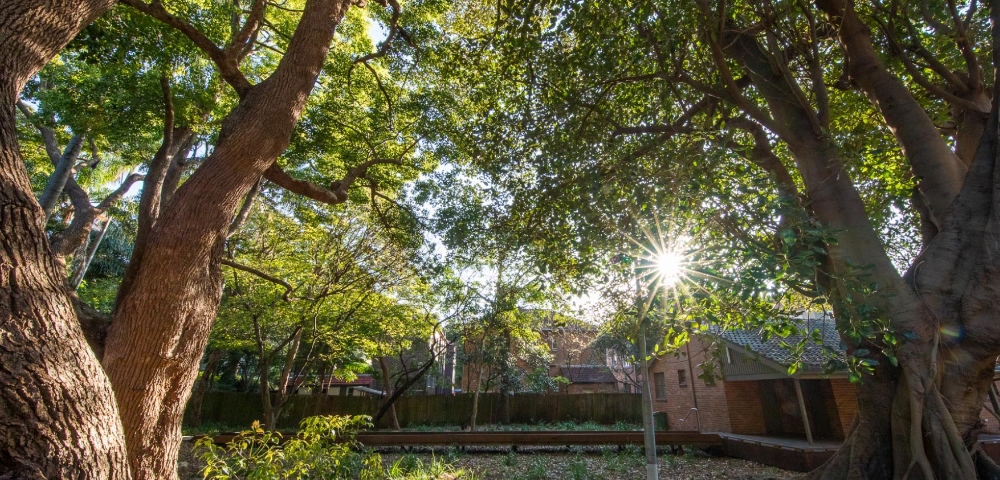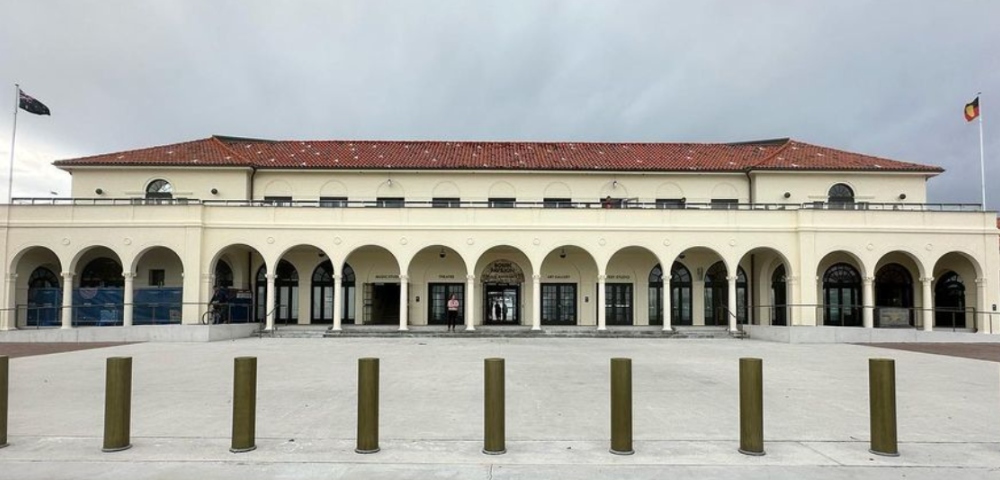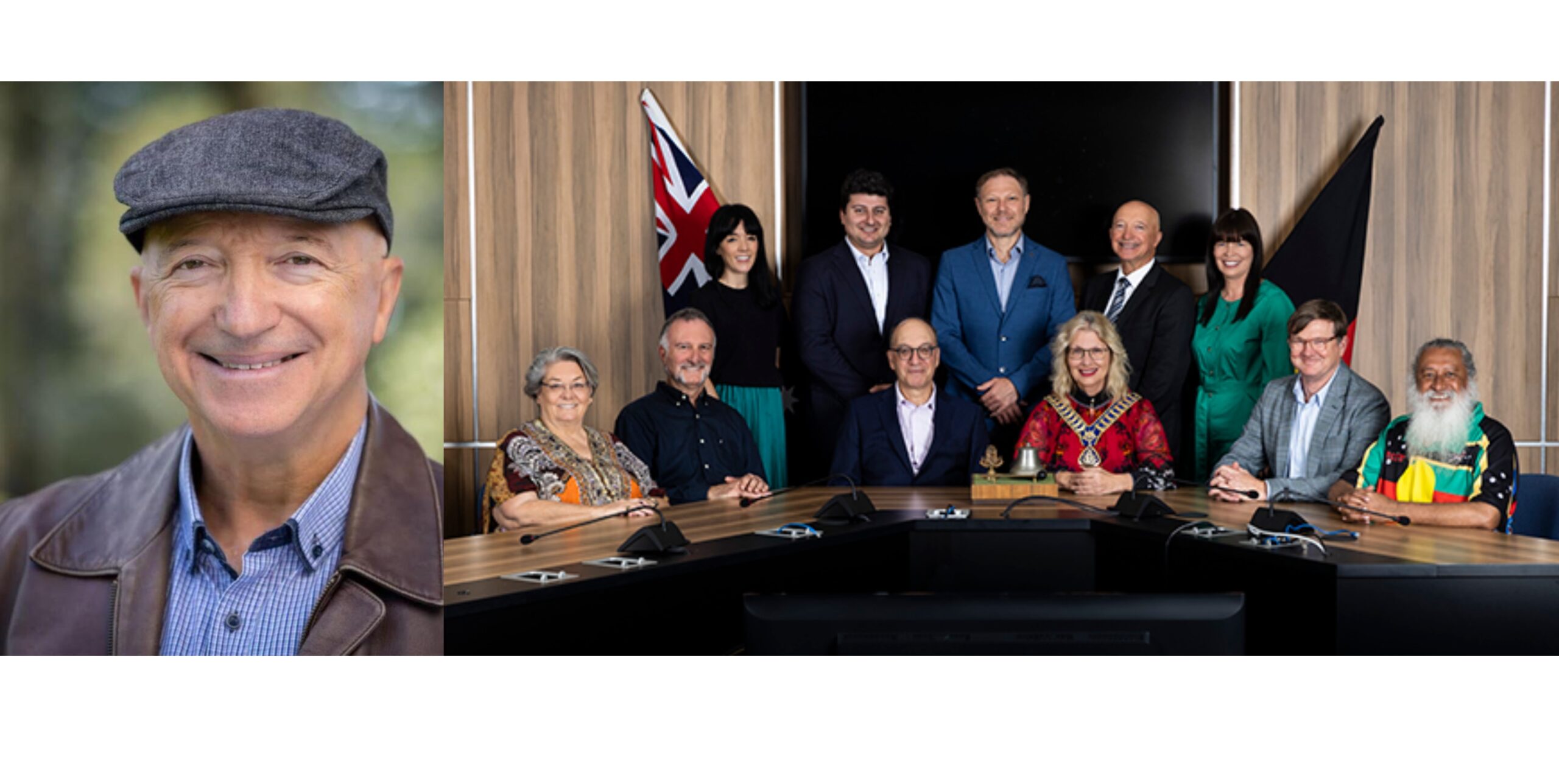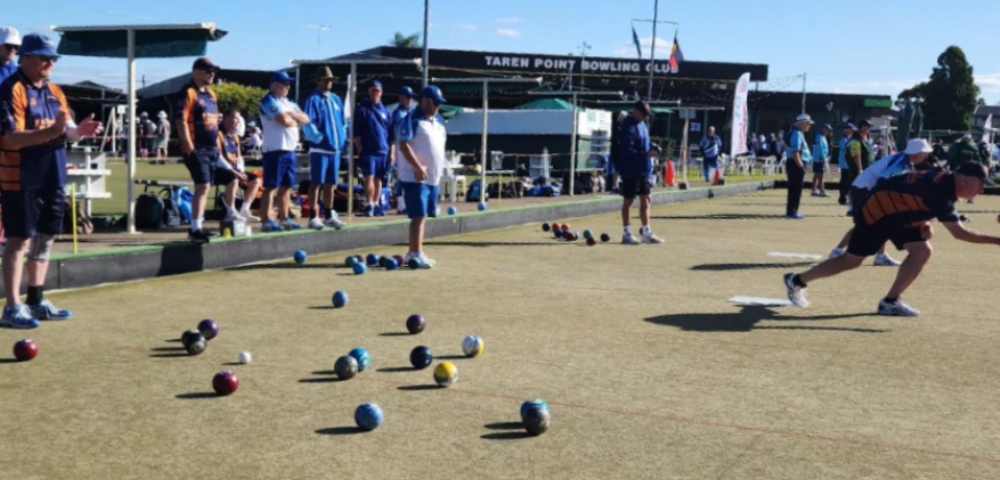
Refugee Crisis, Australia’s shame
By John Moyle
There are currently 27 children left on Nauru as ScoMo scrambles to rid the Federal Government of a highly emotive issue before elections next year.
Even if all the children are off the island before Christmas, the episode of keeping asylum seekers and refugees in offshore detention will be a blight that Australia will never recover from.
“The whole idea that you have mandatory detention is abhorrent and we are the only first world country that does this,” Dr Barri Phataford, founder, Doctors4Refugees said.
The situation on Nauru became untenable when the true conditions of asylum seekers’ health were finally brought to light after a spate of suicide attempts and reports by whistle blowers.
“According to the government’s own statistics in a 12 month period from 2015 to 2016 there were over 770 documented cases of self harm in onshore and offshore centres, and about 300 of these were on Manus and Nauru,” Dr Phataford said.
“This is in a population of around 3,000 and if that had been any group in Australia there would be an outcry.”
The situation over the past five years has been brought about by a failure of policy and vision from both major parties and huge sums of money being poured into private companies lacking experience in dealing with humans under stress.
After a number of private enterprise companies failed spectacularly in their duty of care to the asylum seekers, last October the Department of Immigration issued a contract to Queensland firm Canstruct to provide garrison and welfare services to Nauru.
The first payment of $591,439,817.01 was for services between 28 September, 2017 and 30 April, 2018 and a later six month contact to 2019 was issued for
$206,439,817.01.
Canstruct is a Brisbane based company operated by the Murphy family which has absolutely no experience in being jailers or offering welfare services.
The company had previously been engaged on the island to provide construction and infrastructure projects.
With the visa fees Australia pays Nauru for asylum seekers comprising 18% of Nauru’s total domestic revenue, Nauru has a vested interest in the offshore processing system continuing.
“The reality is that Nauru has a population of 10,000 and is not economically viable, so the whole offshore project relies on the Australian Government,” said Professor George Newhouse from the National Justice Project.
Dr Beth O’Connor is a psychiatrist with Medecins Sans Frontiers (MSF) who spent time on Nauru providing psychiatric care before her organisation’s contract was suddenly terminated by the Nauruan Government.
“MSF was working with both the refugee and Nauruan population, mainly seeing chronic psychotic disorders such as schizophrenia and auto bi-polar,” Dr O’Connor said.
“With the asylum seekers it was mainly depression, anxiety and post traumatic stress disorder and amongst the children we were seeing dramatic withdrawals.”
Dr O’Connor worked in a clinic with a psychologist, two psychiatrists, a mental health activity manager and two Farsi speaking cultural mediators.
“We had children gradually becoming more depressed, and their conditions continued to deteriorate until they needed medical evacuation as there was not sufficient treatment on the island,” Dr O’Connor said.
On the first of October 2017 MSF received a letter from the Nauruan Government ordering the immediate cessation of their services.
The Nauruans later employed a Cuban psychiatrist who did not speak English or Nauruan, and there were no Spanish translators on the island.
When medical evacuations do occur on Nauru it happens after assessments are made, some timely, but others only after prolonged durations and a legal battle waged in Australia.
Emergency evacuations are by aircraft through the Medivac service, which requires clearances from Australia and Nauru and at least a six hour flight each way.
“Recently we had a two-year-old girl in a coma and a high fever and she was eventually brought to Australia,” Dr Phataford said.
“Somehow we saw the invoice for the flight and it was $116,000 to be flown to Australia.”
In other cases, the Department of Immigration practices a style of refugee rendition whereby patients are flown to Port Moresby, which is not regarded as a centre of excellence for medical care.
Even when asylum seekers are brought to Australia they are not necessarily safe.
Detention centres such as Villawood are experiencing a hepatitis C epidemic, with 235 new cases being reported between July 2015 and September 2016.
Refugees awaiting a decision are also often placed in detention with sometimes violent 501 detainees, who are awaiting deportation for crimes committed in Australia.
Then there are cases of bureaucracy gone mad when patients in Australia have been transported to medical treatment in shackles and accompanied by security guards.
“We had a woman in Brisbane who was giving birth and there were two security guards stationed in her room,” Dr Phataford said.
“It is the bureaucratic bungles and treating everyone as a high security individual which costs a lot of money.”
Save the Children claims that the offshore detention system has cost the Australia tax payer up to $9.2 billion over the last five years.
The Department of Immigration and Canstruct did not respond to questions.









